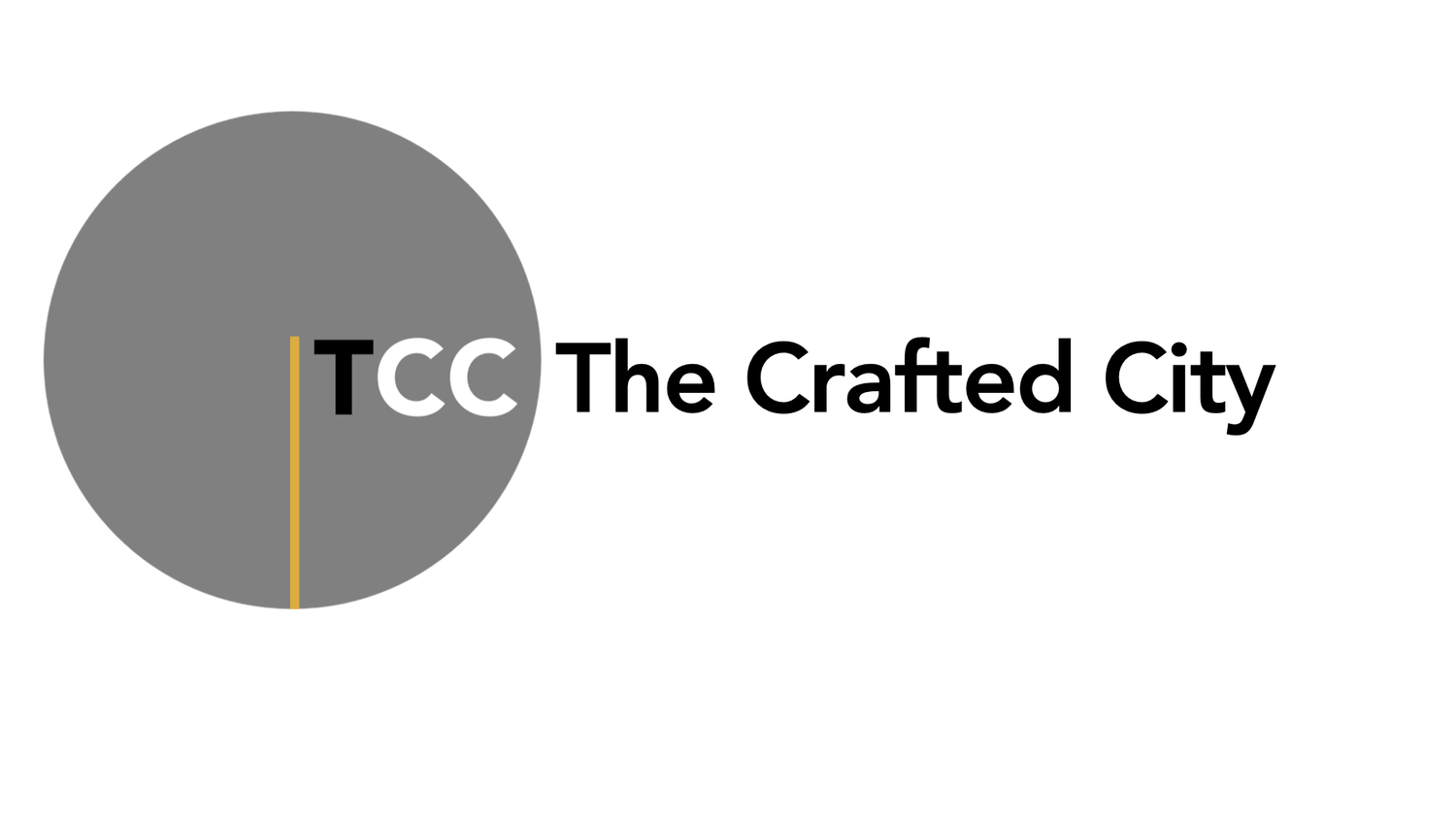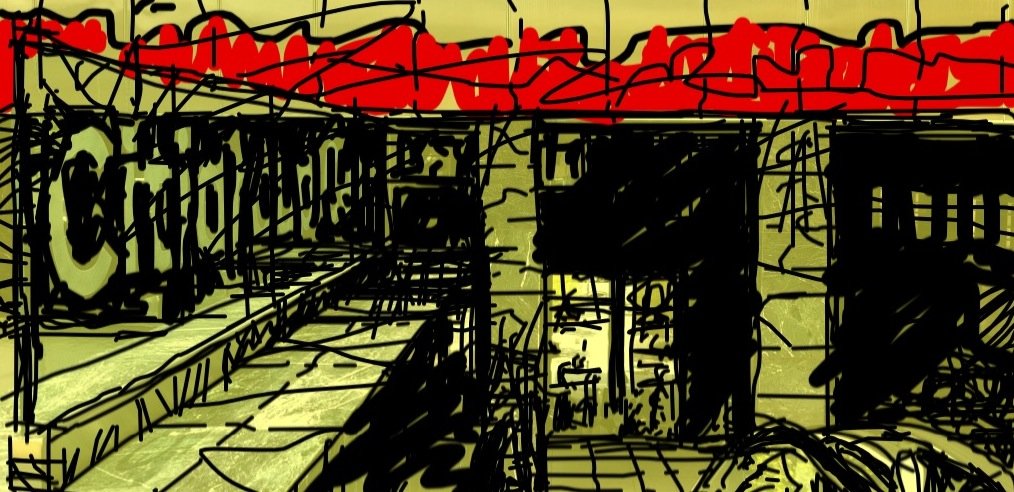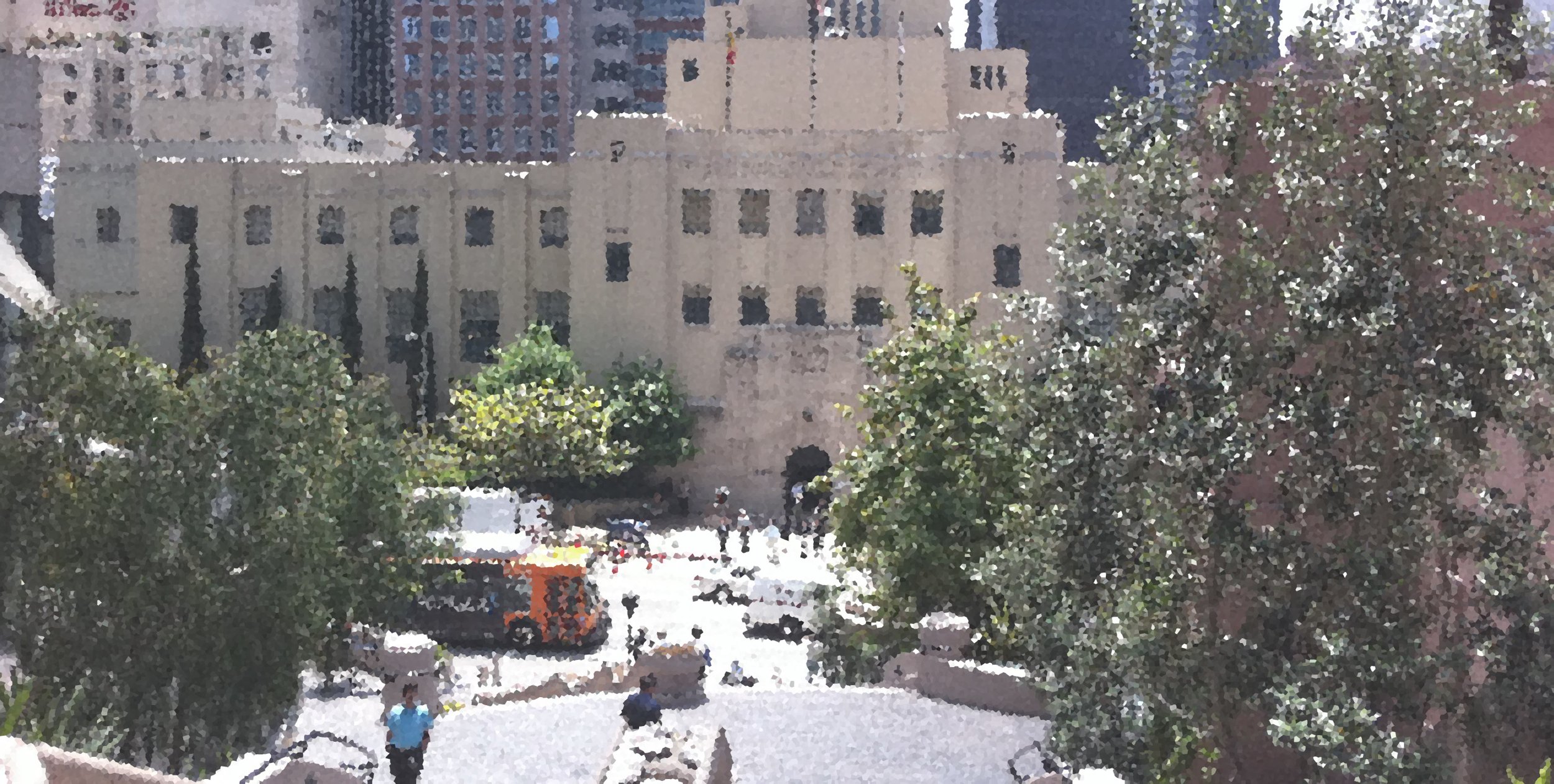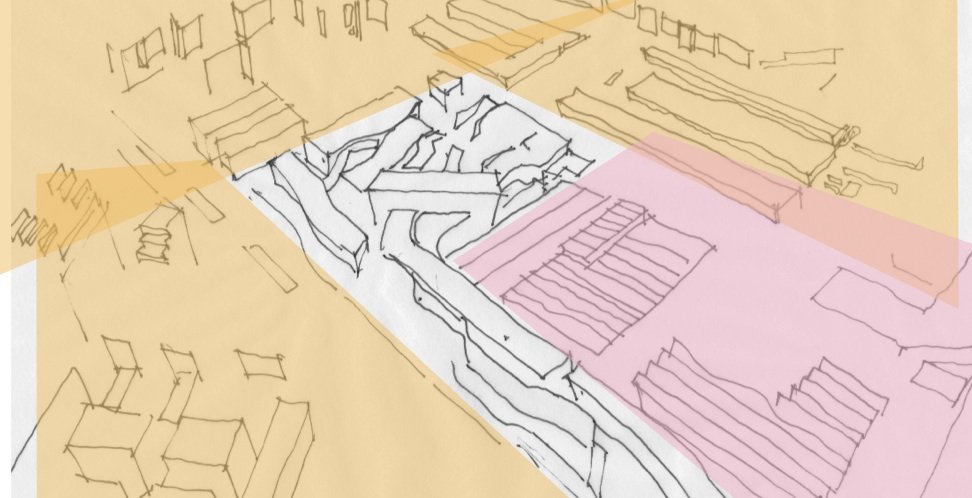THE CRAFTED CITY ARCHIVES
BUILDING CITIES IN A DEMOCRACY
In the United States of America, we believe in a democracy based on the rule of law. The thought is that the rule of law will create a better society, one that promotes Life, Liberty, and the Pursuit of Happiness. As civilization has progressed, no-one seems to have come up with a better idea.
Taking this idea, and translating it into how we make cities, the Democratic choice and the rule of law guides us to build in one of two ways, and in America, we've done both.
KEEP OR TEAR DOWN
Witness the ongoing saga at the Museum of Modern Art in New York. With the acquisition of the American Folk Art Museum on West 53rd Street, came a crafted building praised by many critics. After some wavering on the issue, it was announced that this building would be torn down to make way for a new MoMA addition, throwing MoMA headlong into a classic preservation debate. Keep or Tear Down. Keep the quirky structure by the architects Tod Williams + Billie Tsein, with all of its accompanying issues mis-matched floor elevations and the like, or scrape it clean and start over.
A MORE USEFUL PARAMETRICISM
Current advanced thought in the architectural world and associated academia proclaims that computer design can take us to places in architectural form that past practice could only dream about, and it because it can done, it should be done.
Here's another idea…
APPROACHING THE DISNEY
Everything about moving up through the building helps to build the excitement. We'll start with the long and deep red space that houses the linear assent up from the parking garage. The zig and zag through the main lobby spaces, a sequence of unexpected volumes, all lined with the beautiful fir paneling, foretelling the concert hall inside. Working up to more intimate spaces that lead to the part of the hall you are headed towards. Free flowing and refined, adventurous and in good taste, with a sense of movement the whole time. Finally, the concert goer moves through a discreet portal and into the great concert space, the musical instrument in which you will experience the concert. Wonderful experience in site and sound. The very culmination of why the procession is so important in architecture. It places you in the right frame of mind to experience great art.
NEW ORLEANS
Its people tend to prefer buildings that play along with the agreed upon architectural style, but there has always been some room for the adventurous and creative. Alas, there has also been an element of the crass and carelessly expeditious. Things decay, and sometimes they are blown away, and they are lovingly brought back, or stuck together with plywood and caulk and painted chartreuse to honor Mardi Gras.
VISITOR TO A CITY
If a city is filled with all of the varying things of commerce and amenities, but can't offer it's inhabitants a complete experience- with transportation, and places to live, work, and recreate in reasonable proximity, it is not functioning as a complete and whole city. If the shape and form of the city are not a pleasure and inspiration to move through, then it isn't a fully formed city. The visitor judges a city, and determines if it provides a whole experience. But the people who inhabit a place need the same things, if it is going to be a place that we truly love and can function in.
FEAR OF GENTRIFICATION
Over time, the tourist appeal of the Highline will diminish, and its infrastructure will burnish itself into the surrounding neighborhood. Hopefully it will be kept it good repair, to be treasured for many years to come. The displaced will find other quarters in the Burroughs, and some will still survive in the shadows of the trestles as before.
PRUNING
It is the designer and the builder who is interested in doing great design, and leaving a mark, but who is also interested in being a part in the whole great city. It is someone who reads what the past can teach, in dialog with the designs and construction methods of our current age. It is someone who appreciates the rules as a framework for building, but who is also aware of the need for fluidity and flexibility of those rules, with a lack of unreasonable encumbrances, in order to active the extraordinary…
LAYERS
Cities that are more than a generation old take on the characteristics of layering, exhibiting the slices of life and its physical trappings of their years. New buildings are constructed next to old, renovations are made on top of existing structures needing repair, and there is the introduction of new uses in structures to take the place of the obsolete…
APPLE STORES
Apple stores are textbook cases for how buildings and businesses can contribute and make a good city. They add substance and interest beyond their initial functional purpose; they are conceived and constructed with the deepest care. Although they take on a machine-like character, they are executed with considerable skill, lavished with attention to detail, and are well loved by the designers, builders, and the ones writing the checks. They are ultimate crafted urban element, a gift to each place that makes a home for them.
UN-CRAFTED CITY
"Without identity, a sense of both personal and community pride is lost. Though the various posters that are up around the city advertising new developments present them in a nice, clean, friendly and liveable condition, the architectural production they depict seems to lack inspiration."
A TALE OF TWO CITY PROJECTS
Two projects, similar types of urban design philosophies, one loved, the other… not.
EVERYTHING WE WANT
Shopping can be frustrating, or an exercise in spending too much, but we also know that it can be richly pleasurable. What about finding a way to go back to that local shop, a place that happens to be easy to get to (maybe even walk to!), has the stuff we want, and is priced well? That is certainly a way to incite pleasurable shopping. It would be a difficult, yet delicious problem to solve-perhaps never completely solvable (that's why it's 'unobtainable'). The diverging forces of processing and manufacturing, transport and marketing don't make it easy, and it's getting more difficult every day. Yet this may be the time to try and achieve it.
THE PRIVATE CIRCLE
The Public
The Semi-Public
The Semi-Private
The Private
You don't have good urban design, you don't have architecture without all four. Don't cast away the project because it dimly resembles some government building, or that it relays on exhausted planning models. Simply recognize that it's missing two of the four things that would make it great.
ARCHITECTURE OF THE EXPERIENCE
All of our waking moments, and even in our dreams, we exist in, or are moving through spaces within the buildings, or within the great outdoor room. From the smallest room inside one of our buildings, to the grandest and most open of outdoor spaces, we live in a series of spaces.
LOVE VS THE REGULATIONS
Why is it that some things, designed as prescribed, are lifeless objects, a mis-appropriation of resources and effort, while others, outside of the code, regulation, or just plain illegal are filled with delight, a gem in the surrounding neighborhood.
The one-word answer is love.
PARAMETRICS AND CRAFT
At the SCI-Arc lecture, Eric Owen Moss was available for some counterpoint. I picked this quote:
"I can feel you love making the Parametric argument. But your case may say as much about you as it does about architecture. It’s what you guys require to validate going proceeding ahead. Forgive me for the street-corner psycho-analysis. And again, nowhere a scintilla of a minutiae of an iota of doubt. Why are you doing this? Because it’s so? Or because you need it to be so? No inkling that something’s left out? I always thought that the unique voices in architecture included both an extreme self-confidence, and simultaneously, a deep skepticism of the consequences of that self-confidence."
THE ROLE OF TRANSITION
Putting visitors in the right state of mind to enjoy this place cannot be overestimated in its importance. The forecourt experience, a welcoming semi-public space, which immediately disarms the visitor, and quietly asks for them to leave their 'busy city people' persona behind at the portal, is also exactly the thing that is needed to prepare people for the experience inside.
CREATIVE DESTRUCTION
From someone who advocates keeping, renewing, and repurposing the existing city fabric (the layering of buildings and infrastructure accumulated over time), the notion of offering up something called creative destruction as a solution for solving city design issues naturally incites some suspicions.




















